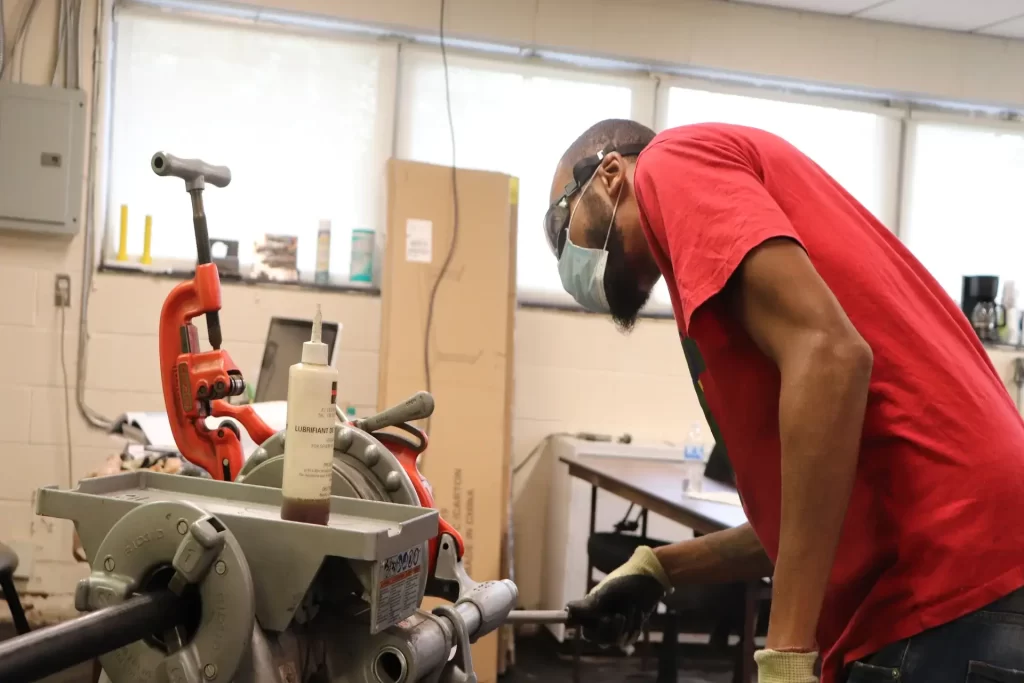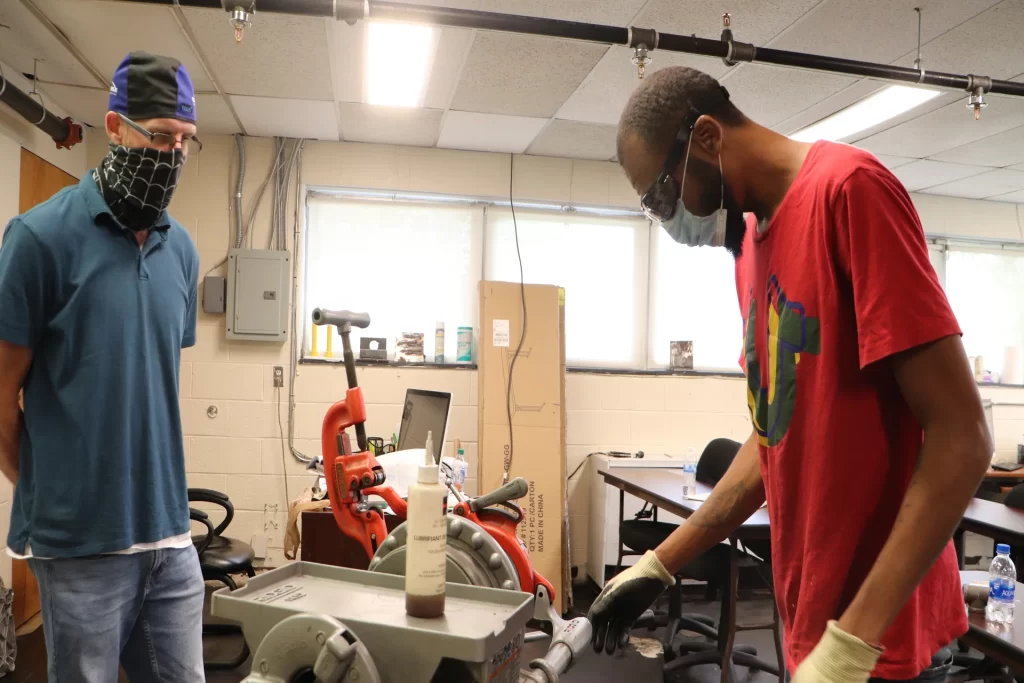Installing, repairing, and maintaining piping systems that transport liquids and gasses under high pressure is called steamfitting. It is also referred to as pipefitting. Despite being present for centuries, the trade has seen substantial changes throughout the years due to technological improvements and changing market needs. Due to the expansion of several sectors, including oil and gas, pharmaceuticals, and food processing, the steamfitter certifications have recently seen a spike in demand. The steamfitter certifications‘s trends and possibilities will be examined in this article, along with predictions for this significant area of the economy.
Steamfitting schools are modifying their programs to keep up with technological advancements. As a result, the steamfitting sector is becoming more effective. For example, complex because of new technology. Difficult parts of piping systems may be made using 3D printing, which is faster and less expensive than conventional manufacturing. Conversely, automation may accelerate the installation process, lowering labor costs and boosting productivity.
Another critical innovation influencing the steamfitter certifications is the Internet of Things (IoT). The Internet of Things (IoT) is a network of physical gadgets, household appliances, cars, and other objects that are connected and share data. These objects are implanted with electronics, software, sensors, and connections. The Internet of Things (IoT) is utilized in the steamfitting sector to monitor and manage HVAC systems, providing remote monitoring, maintenance, and cost and energy savings.
As the world becomes more environmentally conscious, the steamfitting job is also moving towards sustainability. Green technologies such as solar panels and geothermal heating are becoming more prevalent in the industry, and steamfitter apprentices are being called upon to install and maintain these systems. Additionally, the industry is looking at reducing waste and increasing energy efficiency in piping systems, reducing their carbon footprint.
The steamfitting industry is also undergoing digitalization, with digital tools such as Building Information Modeling (BIM) and virtual reality (VR) becoming more widespread. BIM enables the creation of detailed 3D models of piping systems, providing accurate and efficient designs for installation. Conversely, VR can simulate the installation process, allowing steamfitters to identify potential problems and adjust before installation begins.
Steamfitting jobs focus on safety and new technologies are being created to enhance security on construction sites. Wearable technology, for instance, may monitor employees’ health and safety, warning them of possible dangers and giving safety managers real-time data. Using virtual reality and simulation tools to provide a safe and realistic training environment is another development in safety training programs.

Becoming a steamfitter has several advantages. The demand for steamfitters is increasing as the world’s infrastructure ages. Many existing piping systems were installed decades ago and needed repair or replacement. Steamfitters are being called upon to retrofit these systems with new technologies, ensuring they remain efficient and safe.
Energy efficiency is another possibility for the steamfitting sector. The shift towards green buildings and sustainable sources is driving the need of becoming a steamfitter. As a result, the industry is designing and installing high-energy-efficient HVAC systems. As building owners and operators look to save operating costs and lessen their environmental effects, this trend is anticipated to continue.
Many sectors, including oil and gas, pharmaceuticals, and food processing, have seen expansion, which has boosted the number of new building projects and opened up prospects for steamfitters. First, steamfitters must install them to ensure that the piping systems necessary for these sectors are functional and efficient.

As with any infrastructure, piping systems require regular maintenance and repair to ensure they remain in good working condition. This provides steady work for steamfitters, who are called upon to maintain and repair these systems.
As mentioned earlier, the steamfitting industry is moving towards sustainability, creating opportunities for steamfitters with expertise in green technologies. This includes installing and maintaining solar panels, geothermal heating, and other green technologies that are becoming more prevalent in the industry.
In conclusion, the steamfitting sector is evolving to meet the demands of a changing world. As new technologies and trends emerge, steamfitters must be prepared to adapt and innovate to stay ahead of the curve. The future of the steamfitters apprenticeship program looks bright, with opportunities for growth and development in areas such as green energy, digitalization, aging infrastructure, skilled labor shortage, and safety and health.
Read More: